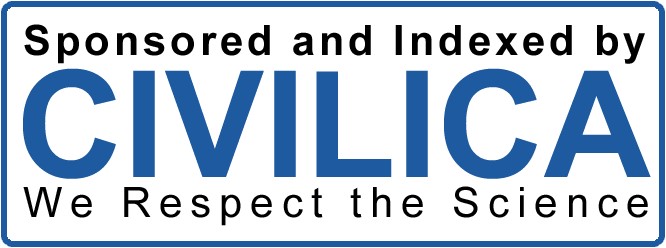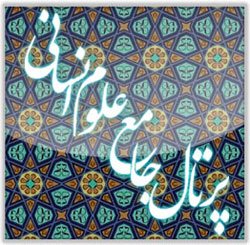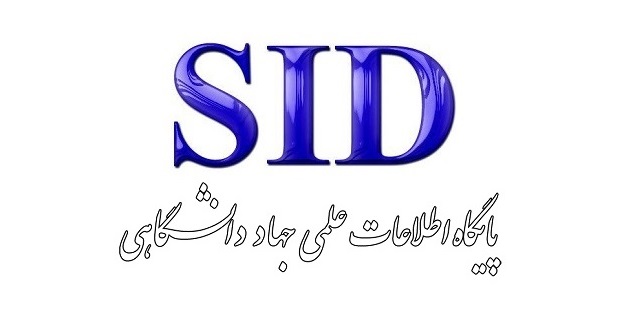Cognitive Application of John Searle's Speech Act Theory in Legal Discourse: A Case Study of the Statements of Members of the Dispute Resolution Council
Keywords:
speech act, dispute resolution council, linguistics, SeralAbstract
Discourse analysis and its cognitive applications in the study of legal texts and discourses offer an opportunity to explore their various dimensions. Given the significant role played by the Dispute Resolution Council in promoting a culture of peace and reconciliation in society and reducing the number of cases referred to the judiciary, examining the utterances of the council members based on John Searle's Speech Act Theory through a discourse analysis approach can reveal the role of various speech acts and propositions in advancing the resolution of disputes and conflicts among clients. In this context, this paper, using a descriptive-analytical method, applies John Searle's Speech Act Theory and discourse analysis to study the transcripts from twenty sessions covering various topics of the Islamabad West Dispute Resolution Council. The data were collected through direct observation and constitute a linguistic corpus. This study reveals that, among the five categories of speech acts in this linguistic corpus, all five were represented in the following order of frequency: assertive, directive, expressive, declarative, and commissive. However, the members of the Dispute Resolution Council, depending on the situational context, employed expressive and directive speech acts to indirectly incorporate assertive, directive, and expressive acts in their language to foster peace and reconciliation between the disputing parties. This was done to implicitly inform the audience and, in some cases, to criticize or encourage the parties to withdraw from the dispute through recommendations and expressions of hope.
Downloads
Published
Submitted
Revised
Accepted
Issue
Section
License
Copyright (c) 2024 Mitra Rezazadeh (Author); Akram Korani (Corresponding author); Ali Moradi (Author)

This work is licensed under a Creative Commons Attribution-NonCommercial-ShareAlike 4.0 International License.








